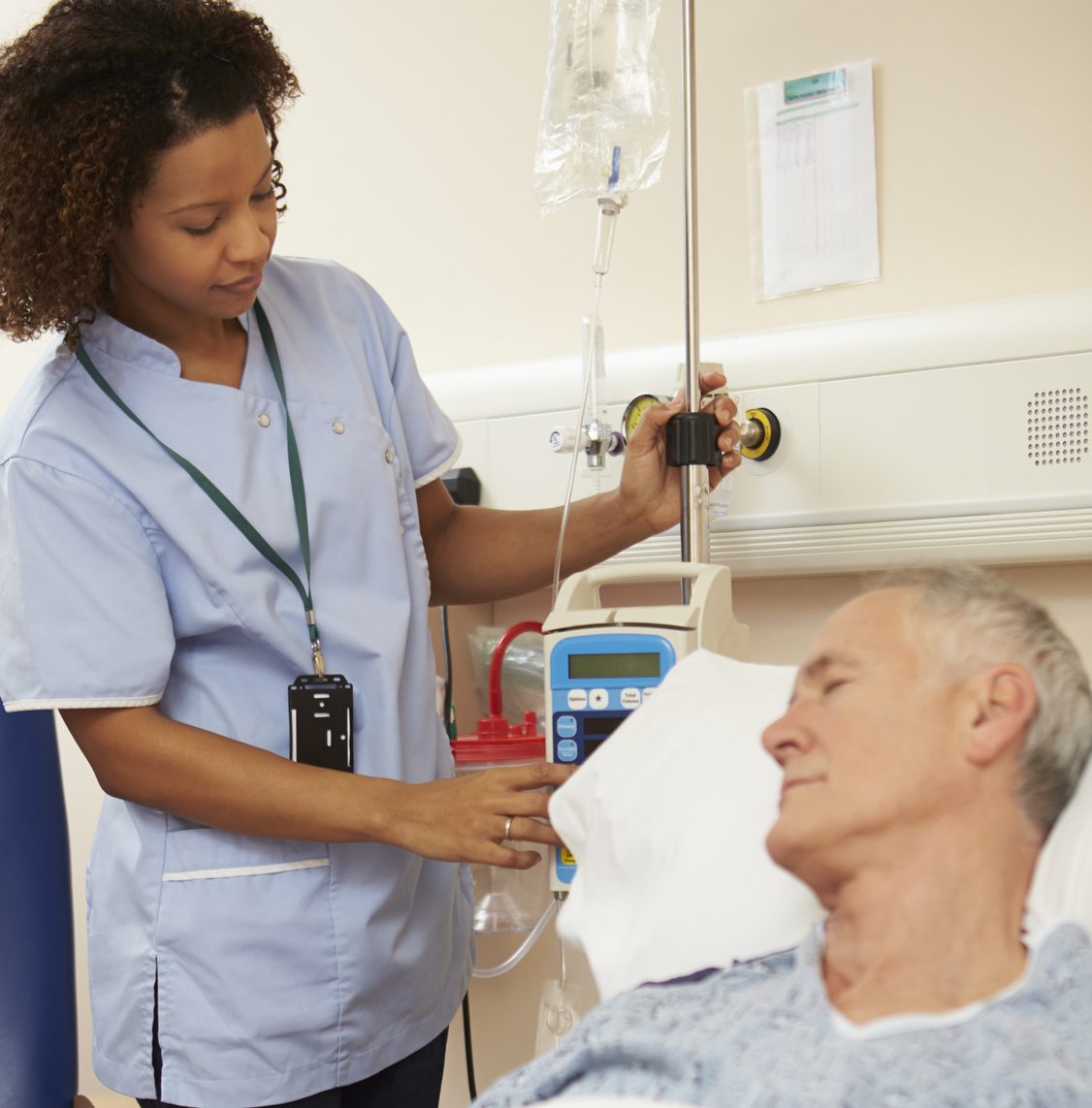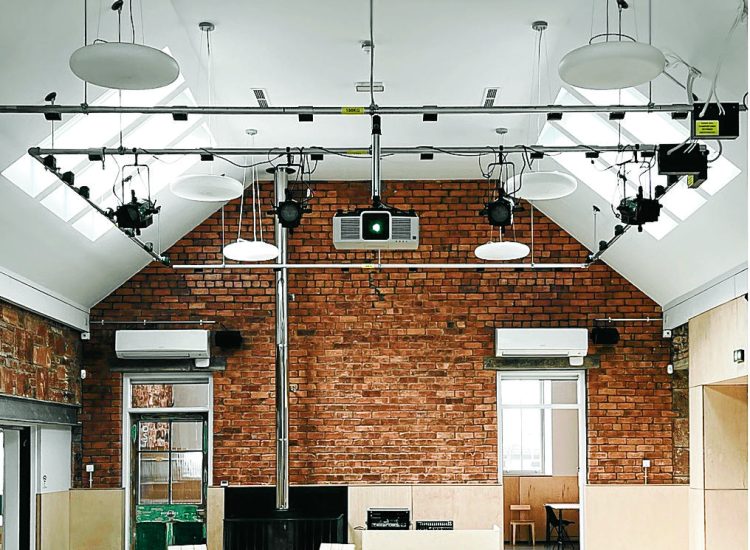The number of bloodstream infections – known as SABs (staphylococcus aureus bacteremia) – has climbed worryingly high in 2021/22, according to a new report.
The set limits for the whole year is 14 cases, yet NHS Dumfries and Galloway has reported 23 in just nine months.
The number of patients picking up E-coli have also exceeded targets. The limit was 41 for 2021/22, but figures show 48 cases in nine months.
Speaking at last week’s bi-monthly health board meeting, Mark Kelly, interim nurse director, said: “There is widespread concern as to why that is, and we have undertaken and committed to leading a bacteremia summit, which has already commenced.
“They’ve undertaken a thorough staff survey because we’re keen to get underneath the why and wherefore as to why we’re exceeding that at this time. It’s reasonable to suggest that the challenge from covid over the last couple of years has probably led to an increase, however we are noticing an increase in device-related infection.
“Therefore, we’re looking to see how we can really tackle that with improvements informed by staff.”
At the previous health board meeting in February, Ross Darley, infection prevention and control manager, said that approximately 50-60 per cent of healthcare-associated SABs infection sources were invasive devices, such as catheters.
An invasive device provides an entry point for microorganisms, such as bacteria and viruses, to enter the body and is a potential source for infections.
Medical chiefs suspect that the extra pressure placed on nurses last year, due to covid and staff shortages, may be directly linked to the high SAB infection rate.
Meanwhile, interim nurse director Mark Kelly confirmed that figures for clostridium difficile (C-diff) infection among patients are “on trajectory”. Set targets for 2021/22 were 31 – and only 20 cases have been recorded in nine months.
C-diff is a type of bacteria that can cause diarrhoea. It often affects people who have been taking antibiotics and is more common among patients aged over 65.
























